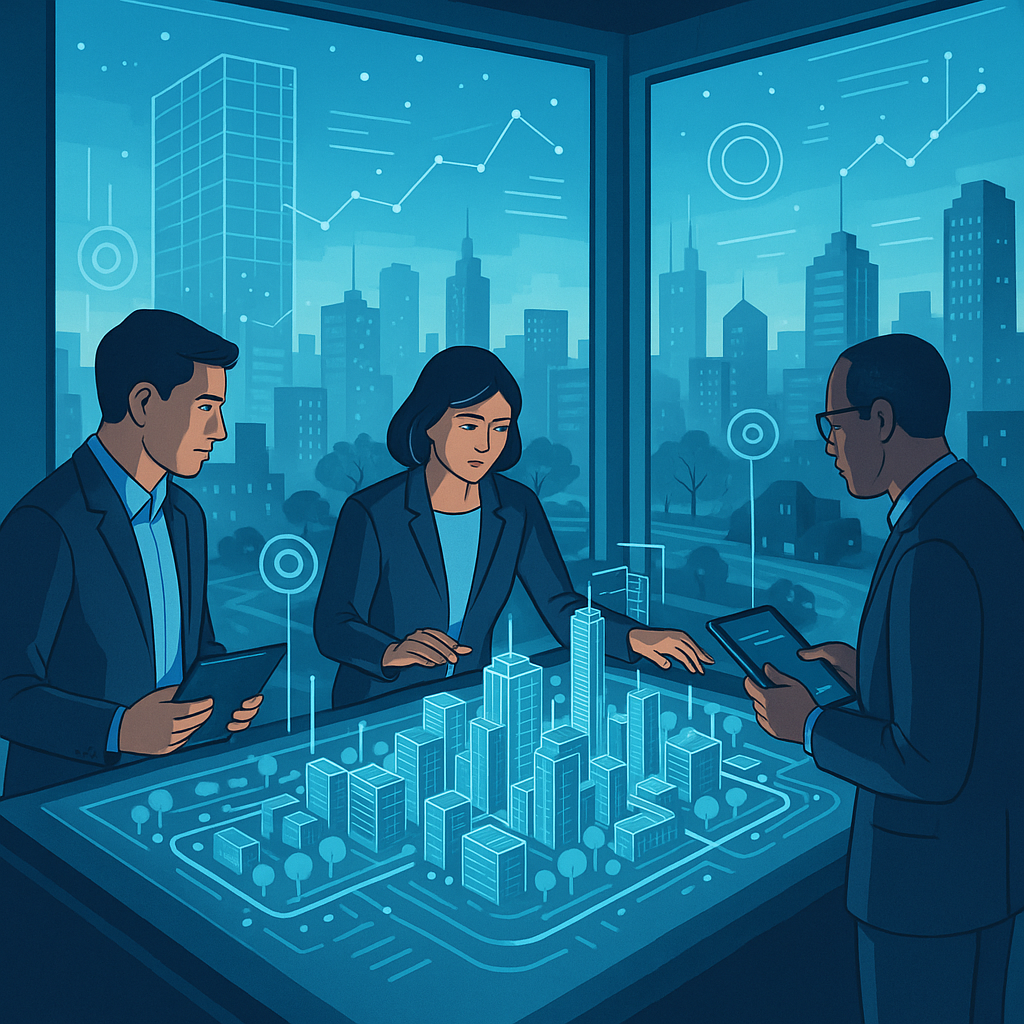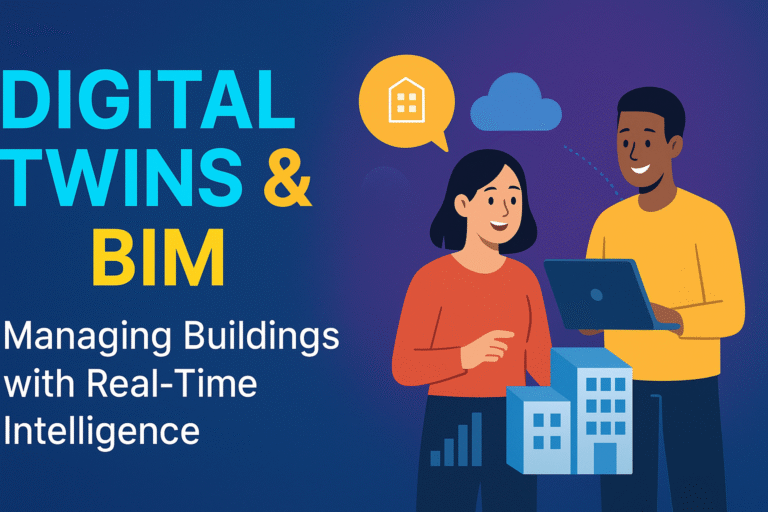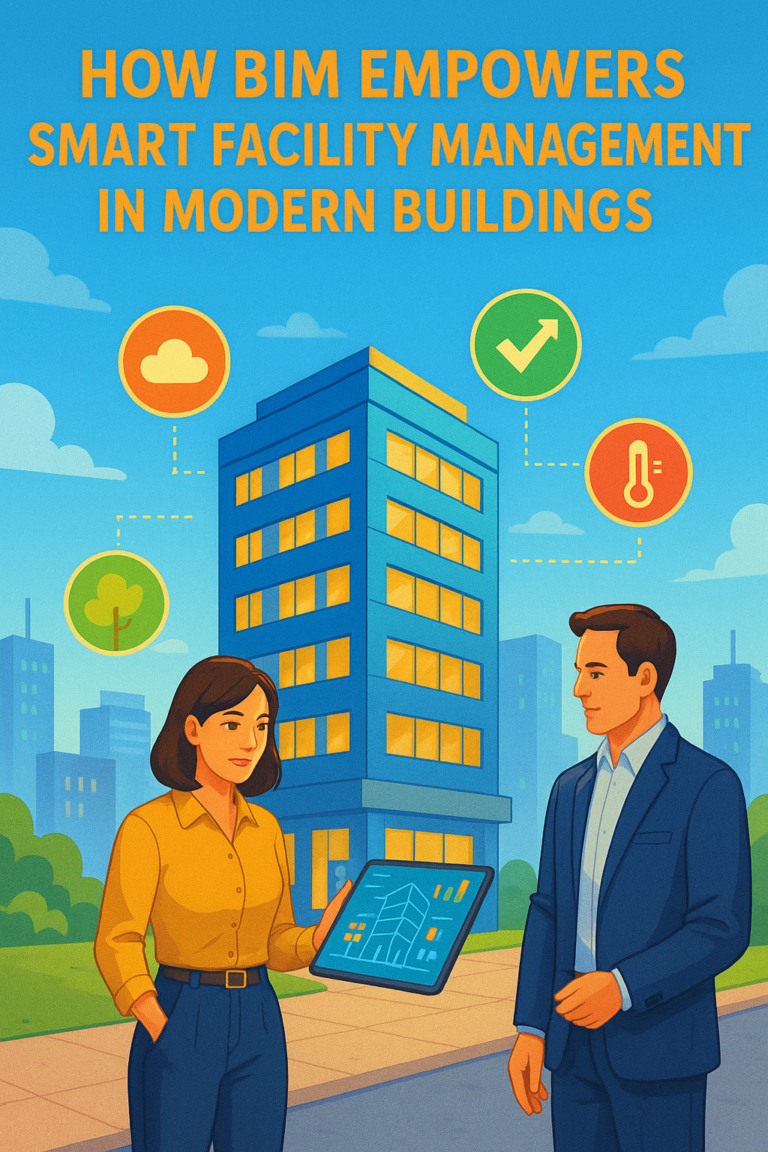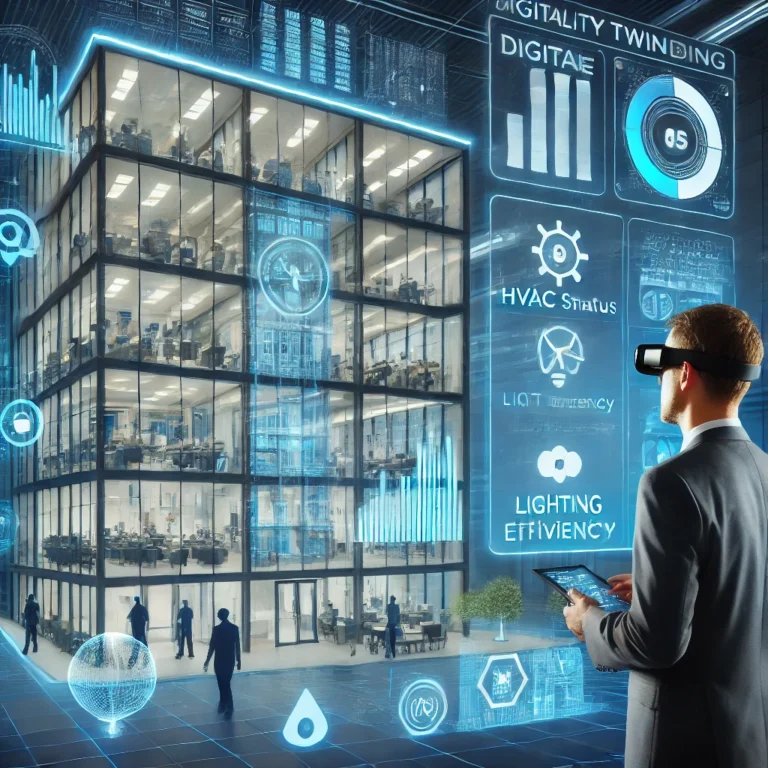
Introduction
As cities face mounting challenges—from population growth to infrastructure aging and environmental stress—urban planners are seeking smarter solutions. Enter Building Information Modeling (BIM), a tool once reserved for individual buildings, now expanding its influence into city-wide planning.
This post explores how BIM is transforming urban development, optimizing infrastructure, enhancing public services, and making cities more sustainable, livable, and efficient.
What Is BIM in Urban Planning?
Traditional city planning relies on 2D maps, siloed departments, and delayed feedback loops. BIM introduces a 3D, data-rich digital environment where buildings, roads, utilities, and even green spaces are planned and monitored collaboratively in real time.
📌 With BIM, cities can:
- Create digital twins of entire districts.
- Simulate traffic, energy, and water systems.
- Coordinate multi-agency infrastructure projects.
- Enhance public safety and disaster response planning.
Key Benefits of BIM for City Development
1. Integrated Infrastructure Planning
BIM enables urban designers and engineers to visualize how utilities, transportation networks, and buildings interact and impact one another.
💡 Example:
When planning a new subway line, BIM helps visualize underground utilities, nearby building foundations, and pedestrian pathways—preventing costly clashes.
2. Smarter Land Use and Zoning
Urban planners can simulate multiple land-use scenarios and instantly see how changes impact traffic, housing, green spaces, or school access.
📊 BIM allows for:
- 3D zoning regulation enforcement
- Noise and pollution simulation
- Solar exposure modeling for building placement
🌍 Result: Cities that are more energy-efficient and resident-friendly.
3. Disaster Resilience and Emergency Planning
BIM helps model disaster scenarios like earthquakes, floods, or fires, helping officials plan evacuation routes, shelter access, and infrastructure resilience.
🔥 Example:
In Japan, BIM is used in earthquake-prone areas to simulate tremor impact and improve emergency response planning.
4. Green and Sustainable Cities
Sustainability is critical in today’s urban planning. BIM contributes through:
🌱 Energy simulations
🌱 Material lifecycle tracking
🌱 Water conservation modeling
🌱 Tree and green space optimization
🏙️ BIM allows cities to plan for LEED-certified buildings, carbon neutrality, and better public transportation routes.
5. Citizen Engagement and Transparency
BIM models can be visualized in AR/VR or public dashboards, letting citizens interact with upcoming plans and offer feedback.
💬 Example:
The city of Helsinki uses a city-wide digital twin to let residents preview and comment on new infrastructure projects.
Real-World Examples of BIM in Urban Projects
🔹 Singapore – One of the world’s smartest cities, Singapore uses BIM and GIS integration to manage construction, housing, and transport in real time.
🔹 Barcelona – Uses BIM to simulate energy use, traffic, and even noise levels, improving quality of life in dense areas.
🔹 Dubai – Mandates BIM for all major construction projects, improving coordination in its rapidly growing urban landscape.
The Future of BIM in Urban Planning
The next evolution involves combining BIM with:
- GIS (Geographic Information Systems)
- IoT (Internet of Things)
- AI for predictive analytics
- AR/VR for public visualization
💡 Soon, city planners will walk through proposed developments using AR glasses, analyzing real-time environmental data and community feedback—all before a single brick is laid.
Conclusion
BIM isn’t just about buildings anymore—it’s a powerful urban planning tool. From smart infrastructure to sustainable design and community collaboration, it’s paving the way for the cities of the future.
🌐 As BIM expands its reach across city grids, public spaces, and digital networks, we move closer to building smarter, more livable, and more resilient cities for generations to come.
✅ Quick Summary for Social Sharing:
“BIM is no longer just for buildings. It’s reshaping entire cities! Discover how BIM is powering smart, sustainable, and citizen-friendly urban planning.”
📢 What role do you think BIM will play in the cities of the future? Share your experience in the comments!




